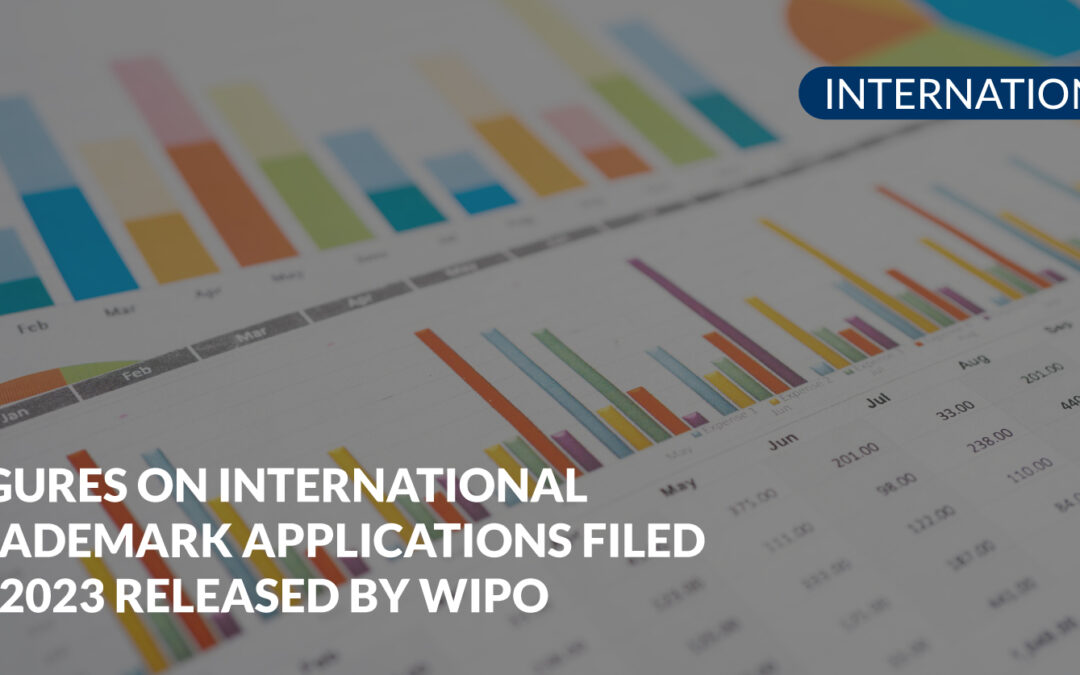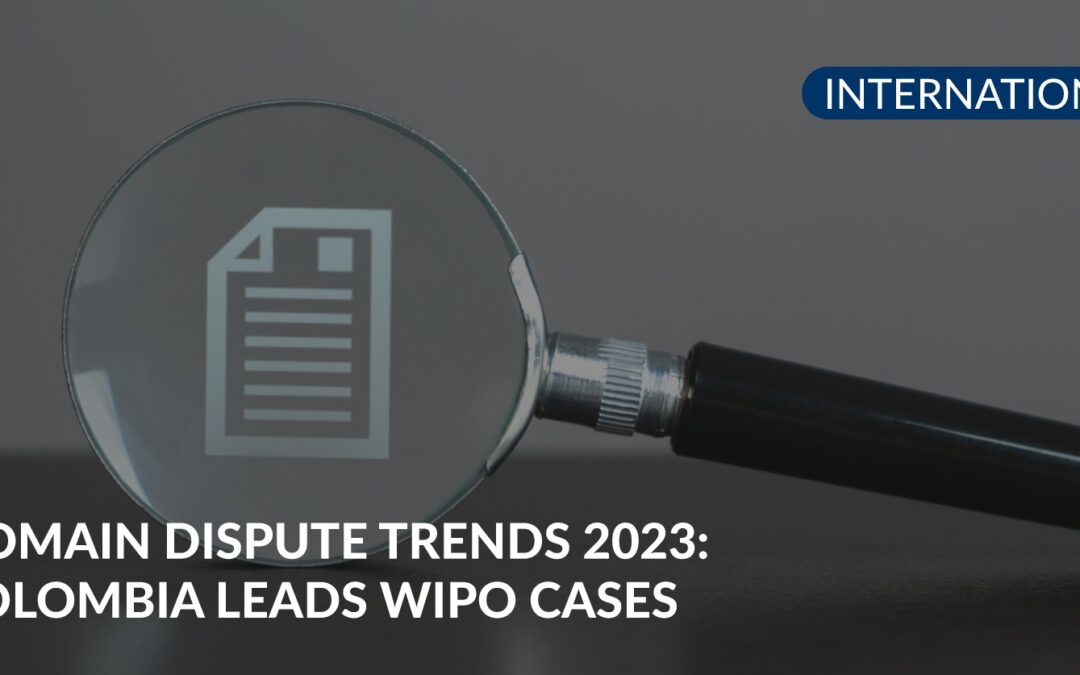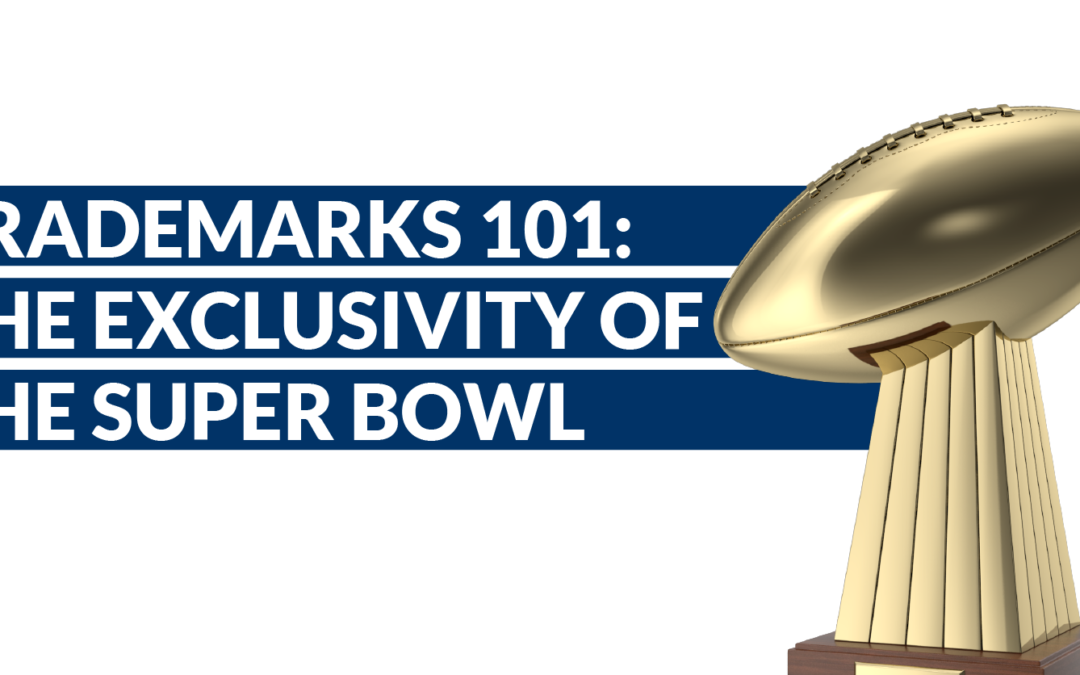Big Brush Paints and Thinners Ltd. (hypothetical company for this hypothetical case) is a Colombian corporation that is starting to sell its products throughout the Andean region. Big Brush’s trademark, however, is only registered in Colombia. The question arises, does Big Brush need to immediately register its trademark in the remaining Andean countries (Bolivia, Ecuador, Peru and Venezuela) in order to prevent third parties from using it, or is the registration in Colombia sufficient until sales mature in each of the other countries?
The ideal situation, assuming we had an unlimited budget, would be to register the trademark in all countries. However, in the real world where budgets are very finite and very real, this may not be possible. Fortunately, Decision 486[1] provides a reasonable solution to these questions through the use of the Andean opposition procedure.
How does the Andean opposition work?
As part of the registration procedure under Decision 486 any third party that has a legitimate interest may file an opposition against the application once it is published in the Official Gazette.
Article 147 of Decision 486 expressly allows the person who first applied for registration of a trademark in any Member Country to lodge objections in other Member Countries against applications of the same or confusingly similar trademark. In this case, such opponents must also file an application for their trademark along with their opposition.
Article 147 then creates an Andean opposition that allows a company like Big Brush to block third parties from registering the same or confusingly similar mark in the Andean countries (outside of Colombia). It does not, however, allow Big Brush to prevent use. Nevertheless, since use does not generate any rights to the trademark under Decision 486, the Andean opposition is in fact providing Big Brush a transitory period during which it can block third parties from misappropriating its mark (for example, until the local market sales mature), and preserve its right to later file applications in each country.
We also note that if in fact an applicant attempts to register the trademark and forces Big Brush to file an opposition, this would simply accelerate the need to file its application as a requirement to file an opposition.
Finally, this Andean opposition obviously implies that a reasonable search strategy is in place in each Andean country to be on the look-out for applications for confusingly similar marks.






